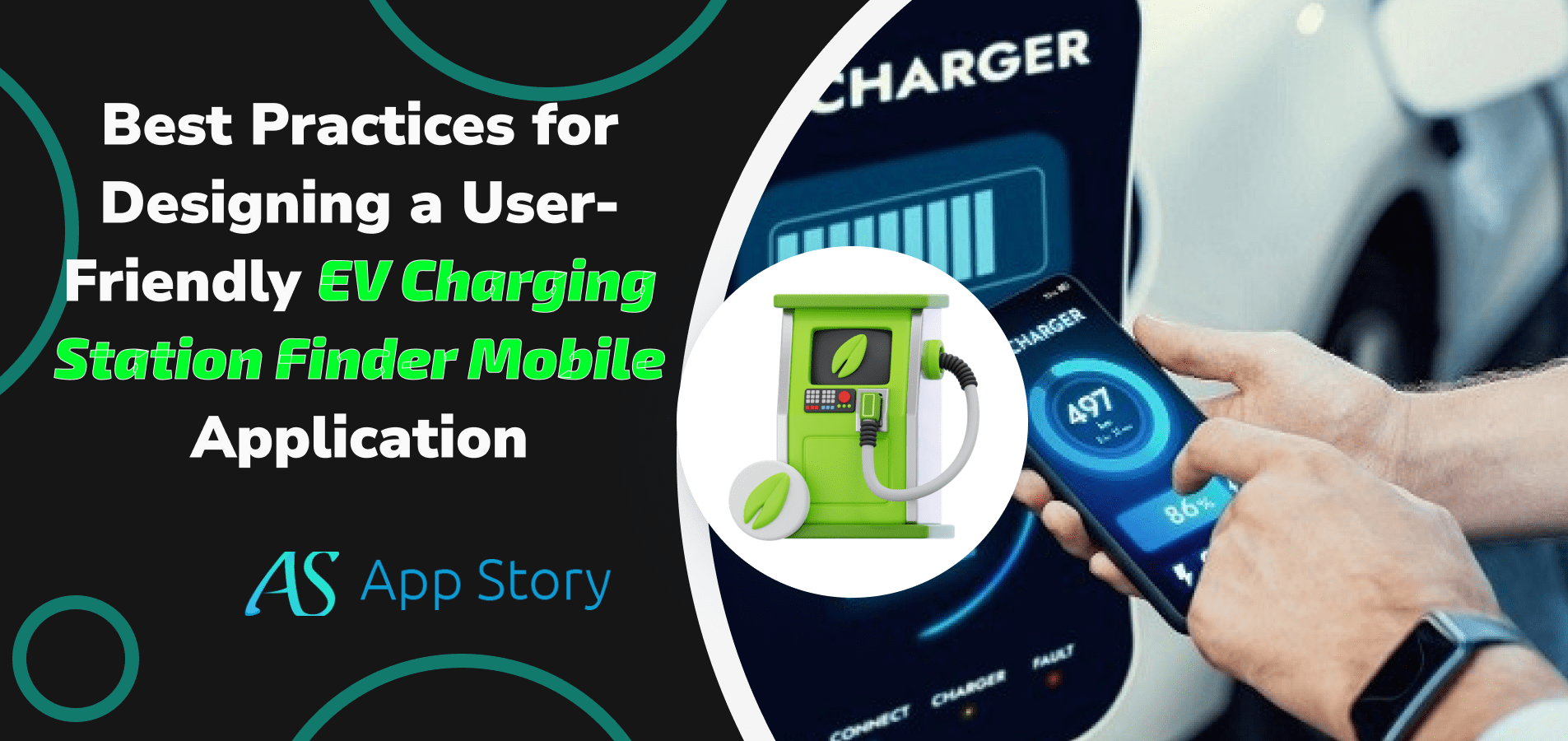Creating a brilliant app for a target audience is one thing. But, making sure it reaches that audience and they enjoy using it is a whole new thing. The best way to do it is to use all the tools you’ve got available to attract those target users. One of those tools is app content writing. This is why you need to come up with a powerful content writing strategy for your app.
If you want to write powerful content for your app, but you aren’t sure how to do it, we’ve got you covered. Below, you’ll find the best strategies for writing killer app content and skyrocketing its success.
Let’s take a closer look.
1. Analyze The Audience
When you’re just getting started with building content for your app, you have to do proper preparation before you even go to the writing part.
And the first step is always analyzing your target audience. You have to ask yourself:
- Who is the typical target audience member?
- What demographics do they belong to?
- What are they most interested in?
Ask yourself the right questions, and make sure to find proper answers. Create your target persona and make sure that the content you’ll be writing is designed with them in mind.
2. Write Concisely
When you’re writing content for your app, you have to understand that people online aren’t interested in reading for hours or enjoying scholarly articles.
They want to find information, solve a dilemma, or just have some fun.
This is why you have to adjust your writing style to their needs. Here’s what we strongly suggest:
- write concisely
- get straight to your point
- remove anything that is redundant
- avoid long introductions or conclusions
Writing concisely will ensure you’re providing nothing but useful content that your online readers are going to love.
3. Address the Pain Points
Your app users certainly have some pain points they’re trying to solve. Most likely, they’re using your app to do exactly that.
Here’s an example:
- you have a fitness app that gives exercise advice, suggests healthy food options, and counts calories
- your target users most likely want to lose weight, get in better shape, or lead a healthier lifestyle
Knowing this, you’ll be able to focus on the topics that address and cover their pain points. In this case, that would be:
- How to Choose the Right Type of Gym?
- 10 Surefire Ways to Lose Weight Before Summer 2021
- 11 Amazing Health Benefits of Quinoa
If you know the pain points of your audience, base your content creation ideas around them.
4. Provide Actual Value
Content writing isn’t about making users click your links or open your pages. It’s about giving them a strong reason to like you, believe you, and eventually become an app user.
This is why you need more than fluff to have them interested. You need to provide value.
What does that mean?
It means that the app content you create has to:
- provide accurate information
- share valuable data, stats, or numbers
- give insight into burning questions
- rely on credible sources of information
If you’re just sharing meaningless stories and semi-information, nobody’s going to take you seriously, and all your app development effort will be in vain. Make sure your content is valuable, reliable, and trustworthy.
5. Allow Scanning
For those users who don’t want to read your content word-to-word, you have to create a content structure that will inspire them to stick around.
If you just present your app content as one large piece of content or one huge paragraph, you can say goodbye to most potential readers.
Instead, you should organize your content to be easy to scan. Here’s what that means:
- divide it into small paragraphs
- make each paragraph up to three sentences long
- use subheadings
- create bullet points and lists
Also, use bold to further emphasize the most important information and make the subheadings font larger than the rest of the text.
This way, once they start reading, they’ll be able to skip certain parts and look for the information they need.
6. Include Visuals
When it comes to content creation for your app, you need to include visuals into your strategy. Visuals can make your content more interesting, enjoyable, and even more understandable.
In addition, when you add visuals to your content, you’re adding a new layer to it, which makes it better on a whole new level.
And, since you’re not a designer, you can go for a simpler visual experience.
Therefore, consider adding:
- images
- videos
- screenshots
- GIFs
- infographics
Place the visuals in the right place within your content and make them relevant to the subject matter. This will provide a more smooth and enjoyable experience for your users.
7. Use Storytelling
Storytelling is one of the oldest tricks in the marketing book. But, it’s still one of the best content strategies you can use.
Stories are great because they evoke feelings, and feelings create long-lasting bonds.
Use storytelling to:
- share users’ stories
- make your app more relatable and friendly
- build memorable content around your app
Make sure to try out storytelling for your app content and see how your audience responds to it.
8. Be Mobile Friendly
Since you’re creating content for your app, your target audience is mobile app users. That means that you have to optimize your content and make it mobile-friendly.
If your content isn’t mobile-friendly and it loads on people’s phones looking all strange and disrupted, they’ll give up on reading it.
Therefore, make sure to:
- optimize images to fit any screen
- ensure fast loading time by creating light content
- allow easy navigation
- have your content fit all screens
You should test your content on several screens before you decide to launch it. Mobile users are your number one priority, so make sure your content is mobile-friendly and optimized.
Final Thoughts
Writing content for your app is a task that requires your full attention and dedication. You need to create a winning strategy and follow the rules you’ve set for yourself.
Use the tips we’ve shared above to shape your new app content writing strategy and make sure your content reaches your target audience.
__________________________________________________________________________
Dorian Martin is a passionate writer and blogger with years of experience covering topics that range from digital marketing to professional advancement. He works as an editor at a writing service and provides help with personal statement writing. He’s also a skilled proofreader.





 United States
United States United Kingdom
United Kingdom India
India Canada
Canada Singapore
Singapore



































